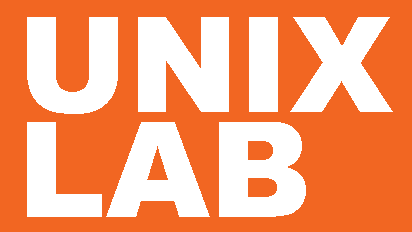Aspen PIMS: Solving Refinery Planning Problems
Course ID : RPA201
Duration In-class (в days) : 5 days
Duration Online : 5 days
Сurriculum : in-class, Virtual Instructor-Led Training - ONLINE
Price : $3 225
Overview
This course will help you prepare for the certification exam and the exam fee is waived with this course.
To provide an intensive problem-solving workshop designed for the experienced Aspen PIMS user. Detailed emphasis is placed on reviewing Aspen PIMS modeling techniques and troubleshooting errors and warnings in models.
Audience for this course
This course is designed for planners who need to maintain or build Aspen PIMS models.
Participants will typically know how to use Aspen PIMS but would like a more detailed understanding of the inner workings of the Aspen PIMS system and would like to review examples of how to solve more difficult problems.
Objective
- This course is oriented toward the practical aspects of refinery operations and planning.
- Challenging class problems have been designed to illustrate advanced modeling techniques which are used to solve real planning problems. Students learn how Aspen PIMS table entries impact the model at the matrix level.
- This course also covers approaches to debugging and troubleshooting an Aspen PIMS model. One of the workshop sessions leads the student through analytical steps required to debug a model.
Prerequisites for this course
- This course is recommended as a follow up to RPA101 Aspen PIMS: Introduction to Refinery Planning
- Attendee should have a good understanding of refinery operations and of the basics needed to operate Aspen PIMS
Outcomes
- Learn how to correctly use intermediate level PIMS tables
- Develop more sophisticated Aspen PIMS models and understand how the matrix structures are generated
- Perform basic economic evaluations
- Develop troubleshooting skills to analyze and solve model problems
Outline
- Distributive Recursion: Understanding rules for 999 resolution, error distribution coefficients and error vectors built by Aspen PIMS; non-convergence problems and solutions
- Matrix Structure: A study of the Aspen PIMS matrix to understand rules for column name, row name and coefficient construction
- Miscellaneous Tables: Introduce some of the tables used for additional modeling and constraining capabilities
- Crude Architecture: Demonstration and explanation of how Aspen PIMS automatically builds submodels for atmospheric and vacuum distillation and explanation of their structure
- Deferred and Swing Cuts: Explains how to model deferred and swing cuts on the crude unit models
- Complex LP Structure: Explains several techniques for implementing additional and more sophisticated LP structures; use of tables ROWS, BOUNDS and PROCLIM along with E, L and G rows; create specification rows in submodel tables, etc.
- P-Rows: Use of P-Rows for additional report writing flexibility
- Blending: Introduce non-linear blending tables and advanced blending structure
- Economics: Review of relation between Marginal Cost and Revenue Curves, Marginal Values, Incremental Values, Break Even
- Workshop: Provide the student with hands-on experience in solving problems such as using control rows to impose a variety of constraints; adding complex process units and the necessary recursion structure; using P-Rows for report writing; adding swing cuts; resolving model errors and infeasibilities; analyzing good and bad situations
Certification Exam




